Chicken stock/soup different recipes/processing times?
2ajsmama
10 years ago
Related Stories
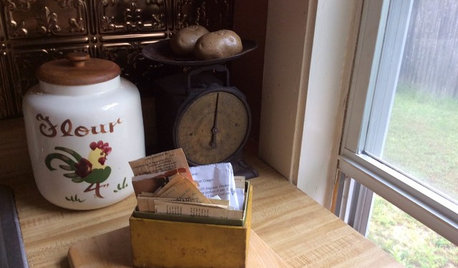
KITCHEN DESIGN5 Home Cooks Share Their Favorite Family Recipes
Peek inside the kitchens of these Houzz users and learn how to cook their time-tested, passed-down dishes
Full Story
KITCHEN DESIGNKitchen Recipes: Secret Ingredients of 5 One-of-a-Kind Cooking Spaces
Learn what went into these cooks’ kitchens — and what comes out of them
Full Story
FALL AND THANKSGIVINGSimple Pleasures: A Cozy Home in Cold Weather
Stock up on these treats and essentials to make even blustery days and snowed-in time feel special
Full Story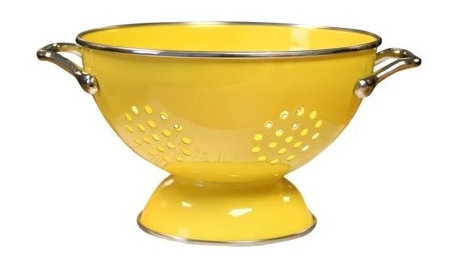
PRODUCT PICKSGuest Picks: The Well-Stocked Starter Kitchen
We’ve got all the kitchen basics and tableware you need (or that recent grad needs) to make cooking a joy
Full Story
KITCHEN DESIGNWorld of Design: Favorite Recipes From Food Lovers Around the Globe
Travel with your tastebuds and experience for yourself these international foodies' favorite dishes
Full Story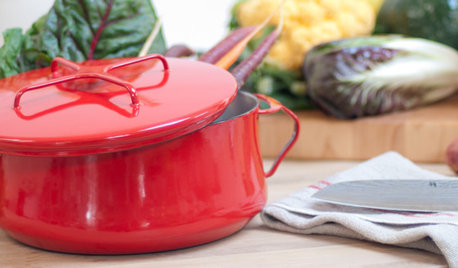
SHOP HOUZZHouzz Products: Stock Your Kitchen for Autumn
Serve hearty meals with a side of style by gathering up these fall-perfect pots, linens, serving pieces and kitchen tools
Full Story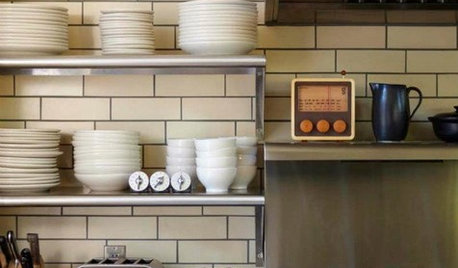
KITCHEN DESIGNCreate Your Own Checklist for a Well-Stocked Kitchen
Personalize the kitchen with your own must-haves from our list of top cooking tools, small appliances, pots, pans and more
Full Story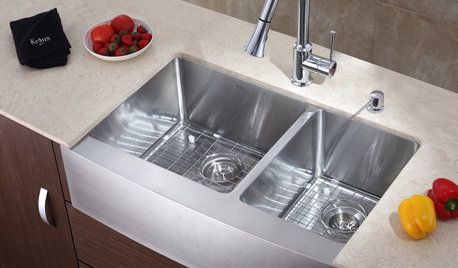
MOST POPULAR8 Little Remodeling Touches That Make a Big Difference
Make your life easier while making your home nicer, with these design details you'll really appreciate
Full Story
EDIBLE GARDENSWhy Grow Quince? For Beauty, Fragrance and Old-Time Flavor
Delightfully perfumed fruit and lovely spring blossoms make this apple and pear cousin worth a spot in the garden
Full Story
HOUSEKEEPINGHousekeeping 101: How to Clean Silver
Learn from a pro how to properly clean and care for your precious silverware
Full StoryMore Discussions






digdirt2
2ajsmamaOriginal Author
Related Professionals
Beavercreek Landscape Architects & Landscape Designers · East Rancho Dominguez Landscape Architects & Landscape Designers · Hershey Landscape Architects & Landscape Designers · Lowell Landscape Architects & Landscape Designers · McKinney Landscape Contractors · Allentown Landscape Contractors · Bridgeview Landscape Contractors · Cincinnati Landscape Contractors · Deer Park Landscape Contractors · Downey Landscape Contractors · Mahwah Landscape Contractors · View Park-Windsor Hills Landscape Contractors · Red Bank Roofing & Gutters · Murray Roofing & Gutters · Norridge Roofing & Guttersdigdirt2
2ajsmamaOriginal Author
myfamilysfarm
Kathy F
2ajsmamaOriginal Author
myfamilysfarm
digdirt2
2ajsmamaOriginal Author
digdirt2
2ajsmamaOriginal Author
2ajsmamaOriginal Author
seysonn
2ajsmamaOriginal Author
digdirt2
2ajsmamaOriginal Author